endangered species
Bringing Extinct Animals Back to Life No Longer Just Part of the Movies
New GPS Study Reveals Giant Pandas Hang in Packs in the Wild
Giant Tortoise Babies Born in the Wild for the First Time in 100 Years
Catalina Fox Populations—From the Brink of Extinction to Potentially Off the List
Catalina Fox Populations—From the Brink of Extinction to Potentially Off the List
Myanmar Bird Fools Scientists Who Thought That It Was Extinct
“Alien of the Deep” Makes Its Way to the Australian Museum

"Living Fossil" Frilled Shark Comes Up From Ocean Depths
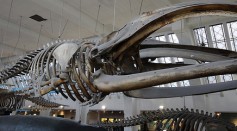
Evading Death—How The Bowhead Whale Is Able To live Up To Two Centuries
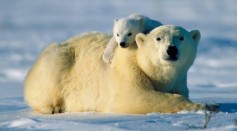
Polar Bears May Be Solving Their Own Problems—But Not For Long
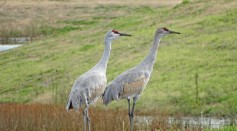
Unusual Sightings in the Annual Bird Count

Polar Bears May Be Solving Their Own Problems—But Not For Long
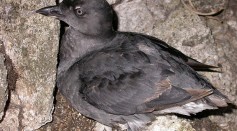
Scientists Baffled by Mysterious Sea Bird Deaths
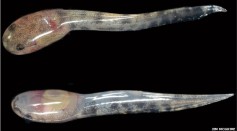
What One Discovery May Mean For Conservation Efforts in Southeast Asia
Most Popular

How Technology Is Changing the Real Estate Industry?

AI Revolution in Medical Education: Transforming How Healthcare Professionals Learn

Zombie Star Set to Light Up Night Sky: Blaze Star Could Erupt Soon

Exploring Life Beyond Earth: Study Claims Other Planets Could Be Suitable for Alien Life





